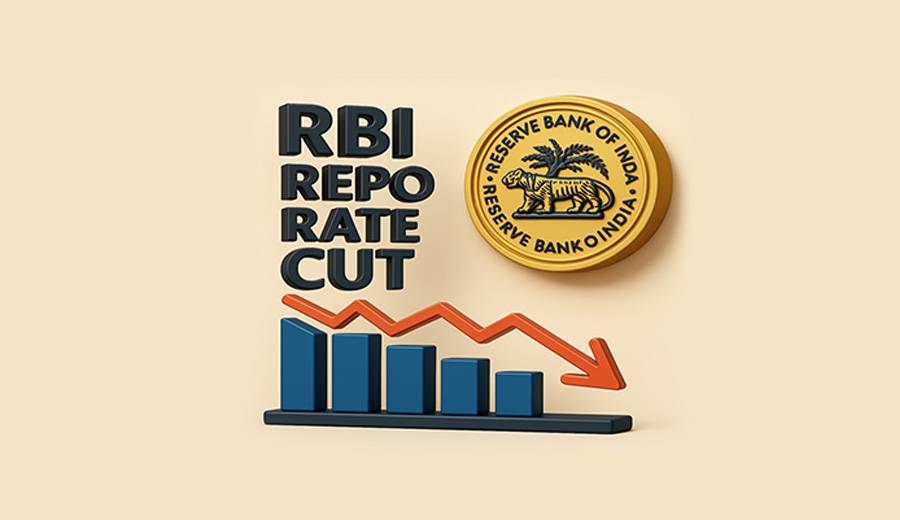Technology has become integral to our lives, revolutionizing various industries, and real estate development is no exception.
From streamlining processes to enhancing efficiency, improving sustainability, and transforming the overall experience for developers, investors, and end-users, technology is driving innovation and redefining the future of real estate development.
In this article, we will discuss how technology is improving real estate construction. We will also see how green technology is helping to reduce construction-related pollution.
According to a McKinsey report, the sector is responsible for 39% of the total emissions, with 11% originating from building materials (including steel and cement). At the same time, additional emission originates from the buildings themselves and by generating the energy that powers buildings.
Let’s see how modern technology is helping to mitigate some of these environmental concerns.
Technological implementation across all construction phases can streamline workflow and increase productivity, thus, reducing the overall project cost.
Streamlining Project Management
Project management software platforms have become essential tools for real estate developers. These platforms provide a centralized hub where all stakeholders can access and share project-related documents, plans, and reports. Communication is streamlined through features such as instant messaging, discussion boards, and notifications, ensuring that all team members are on the same page.
Moreover, these platforms often offer task tracking and scheduling functionalities, allowing project managers to assign tasks, monitor progress, and set deadlines.
Cloud-based collaboration tools further enhance project management and collaboration in real estate development.
Real estate developers can optimize resource allocation by leveraging technology for project management and collaboration.
Building Information Modeling (BIM)
Building Information Modeling (BIM), a collaborative digital process involves creating and managing detailed 3D models that incorporate a building’s physical and functional characteristics. BIM software enables architects, engineers, and construction teams to work together in a unified digital environment, improving coordination, minimizing errors, and optimizing construction workflows.
Real estate developers can use BIM technology to streamline the construction process and reduce costs. BIM allows for better project planning and sequencing, enabling construction teams to optimize workflows and resource allocation.
BIM also enables better analysis and simulation capabilities. Real estate developers can benefit from streamlined design and construction processes, cost reduction, and better project quality.
Mivan Shuttering Technology Helps Faster Construction
A key example of technological innovation is Mivan, a state-of-the-art aluminium wall formwork with significant advantages of quality, speed, and skilled resources. It is an excellent replacement for the conventional construction technology.
The structure has a significant advantage in terms of structural stability because it builds load-bearing walls and slabs and the entire assembly is closed and poured monolithically. The benefits of Mivan include faster construction and completion due to the light weight of aluminium form, uniform construction quality, and near zero wastage resulting in minimal environmental impact.
JumpForm Technology
The introduction of JumpForm technology has marked a significant leap in the construction industry, enabling the rapid construction of high-rise buildings within remarkably short timeframes. It is a type of climbing structure that is specifically designed for vertical concrete buildings. While it requires a significant investment, this technology is a good solution for buildings that are either very repetitious in shape (such as towers or skyscrapers) or require a seamless wall structure. Industry experts believe that it takes 5 to 6 days to develop a slab with the jump-form technology while it normally takes 13 to 15 days using conventional methods.
We have discussed emerging technologies that are making a big difference in real estate development. However, various other technologies are also transforming sales and marketing, customer interactions, and sustainability.
Let us now discuss how green technologies are changing the real estate sector. We will discuss the impact of technology on marketing later.
Green Technologies are Changing Buildings
These technologies are helping to reduce the adverse environmental impact of buildings and bring down their carbon footprint.
Let’s see how it is happening.
Using Green Construction Materials
Using green construction materials makes a big impact and homebuyers also appreciate the concepts. These include using biodegradable, and recyclable building materials, plastic use reduction, and similar ideas.
Water Conservation Technologies
Conservation of water, a scarce resource especially during the harsh Indian summer, is vital in every city in India. Various ideas such as rainwater harvesting are utilized for optimum water usage.
Smart Building Systems
A smart building system means utilizing resources smartly. Novel technologies like AI and IoT help to minimize energy use, optimize climate control, etc.
Additionally, installing solar power generation systems and integrating them with the smart grid also helps reduce the carbon footprint.
The Internet of Things (IoT) can aid in better energy management. It can also help create a strong security environment using surveillance cameras, alarms, and access control systems. It leads to real-time monitoring that increases safety.
IT Enabled Customer Interaction
A major function in any real transaction is customer service at various stages of the customer’s journey. A customer’s journey is long with several touchpoints and technology has made customer service (including marketing) much easier.
Let’s see some examples of what the improvement looks like.
Instant Customer Support
Customers prefer immediate replies to their queries. AI chatbots provide them with instant replies for improved customer relationships. For questions of a similar nature, a chatbot is an important option.
Property Marketing in the Digital Era
It is now much easier for homebuyers to search properties, and receive answers to most of their questions. Homebuyers can get information like pricing, property details, and historical data on their phones.
A homebuyer can visualize the property without physically going to the site. VR/AR technology helps buyers and sellers visualize property in a more immersive way. Users can imagine virtual furniture in the physical space with the help of 3D models.
Virtual/Augmented Reality for Home Design
AR/VR technology in real estate is now widely used for home design. Buyers can imagine how their home will look after interior design.
We are living in an era when technology is impacting every aspect of our lives. This trend is only going to speed up in the future. Who knows what changes are in store for us?






